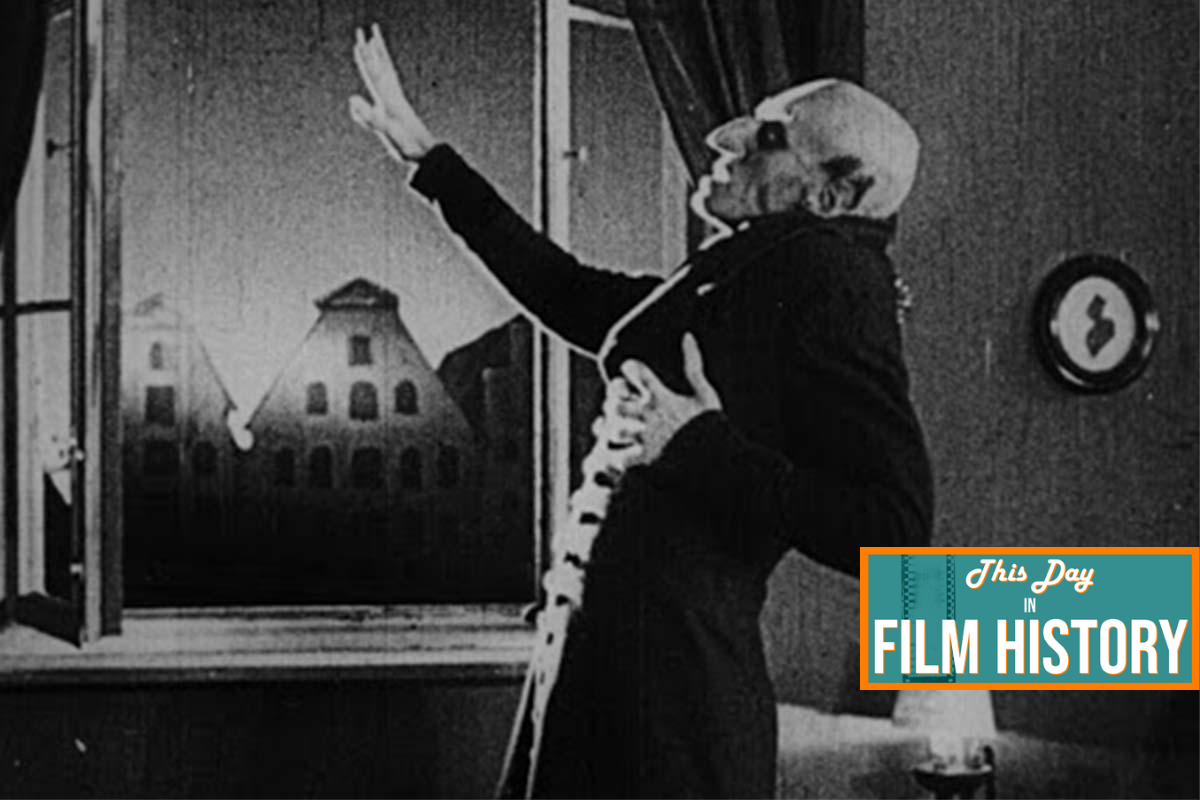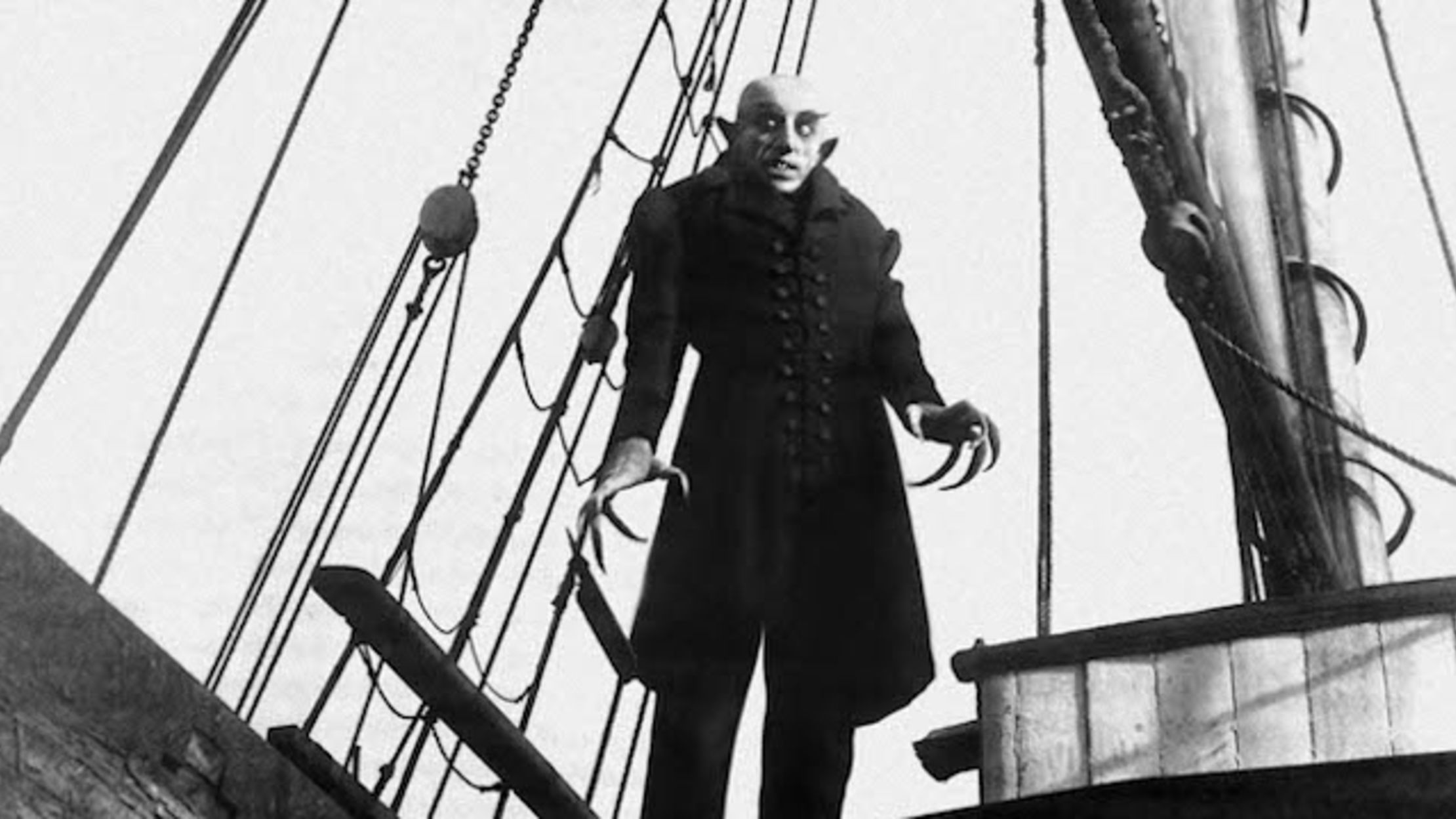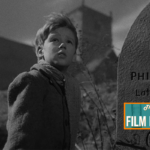
Lurking shadows and creepy dark mansions are staples of horror films, but one of the most influential movies that pioneered these cinematic staples was nearly wiped from history. The classic film “Nosferatu” premiered in Germany in 1922. Based on Bram Stoker’s “Dracula,” the film features the iconic vampire aesthetic that is well known today.

The creative style used by Friedrich Wilhelm Murnau, the director, still influences many modern films. Upon its release, it gained an international fanbase. However, Murnau had not secured the copyrights to create such a film. Bram Stoker’s widow, in Irland, decided to take legal action after being sent a poster for the film.

Murnau had changed the setting, the character’s names, and a few plot points when making the film. Despite his efforts, In 1925 a German court sided with Stoker’s widow. She received the revenue from the film and all copies of the film were to be destroyed. However, the film had become pretty popular at this point. Though all copies in Germany were destroyed, a few had already been sent abroad.

One of the copies had made its way to America. Fortunately for film fans, Bram Stoker had not secured the copyrights for his work in the U.S. Therefore, here in the states, “Dracula” was in the public domain, and in 1929 the film premiered in American theaters. Saving the film from being lost forever.
On this day in film history, “Nosferatu” premiered in America. For more daily film history follow This Day in Film History on Facebook, Instagram, and Twitter!







